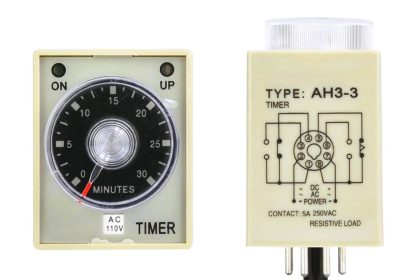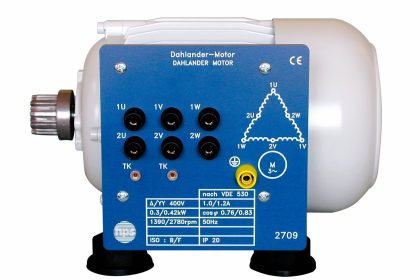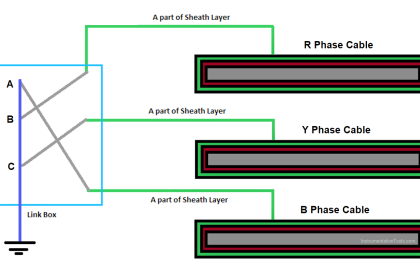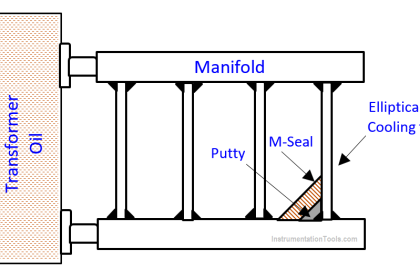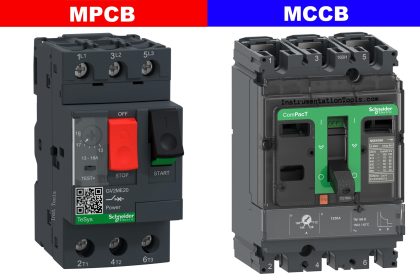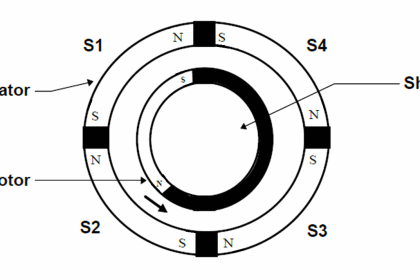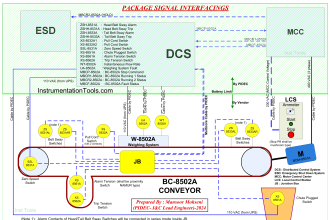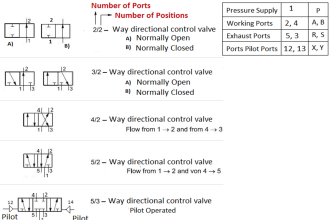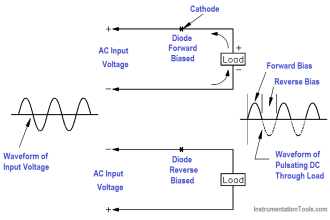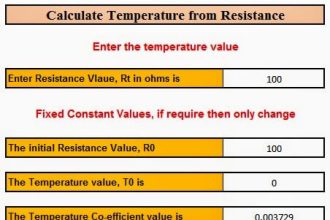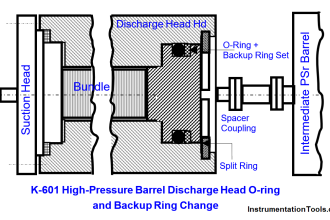In this post, we will understand the difference between open circuit and short circuit in electrical systems.
In an electrical system, there are two types of circuits that are related to the flow of current – an open circuit and a short circuit.
Many of us are familiar with these terms, but let us have a look at the difference between both of them. In this post, we will see the difference between an open circuit and a short circuit.
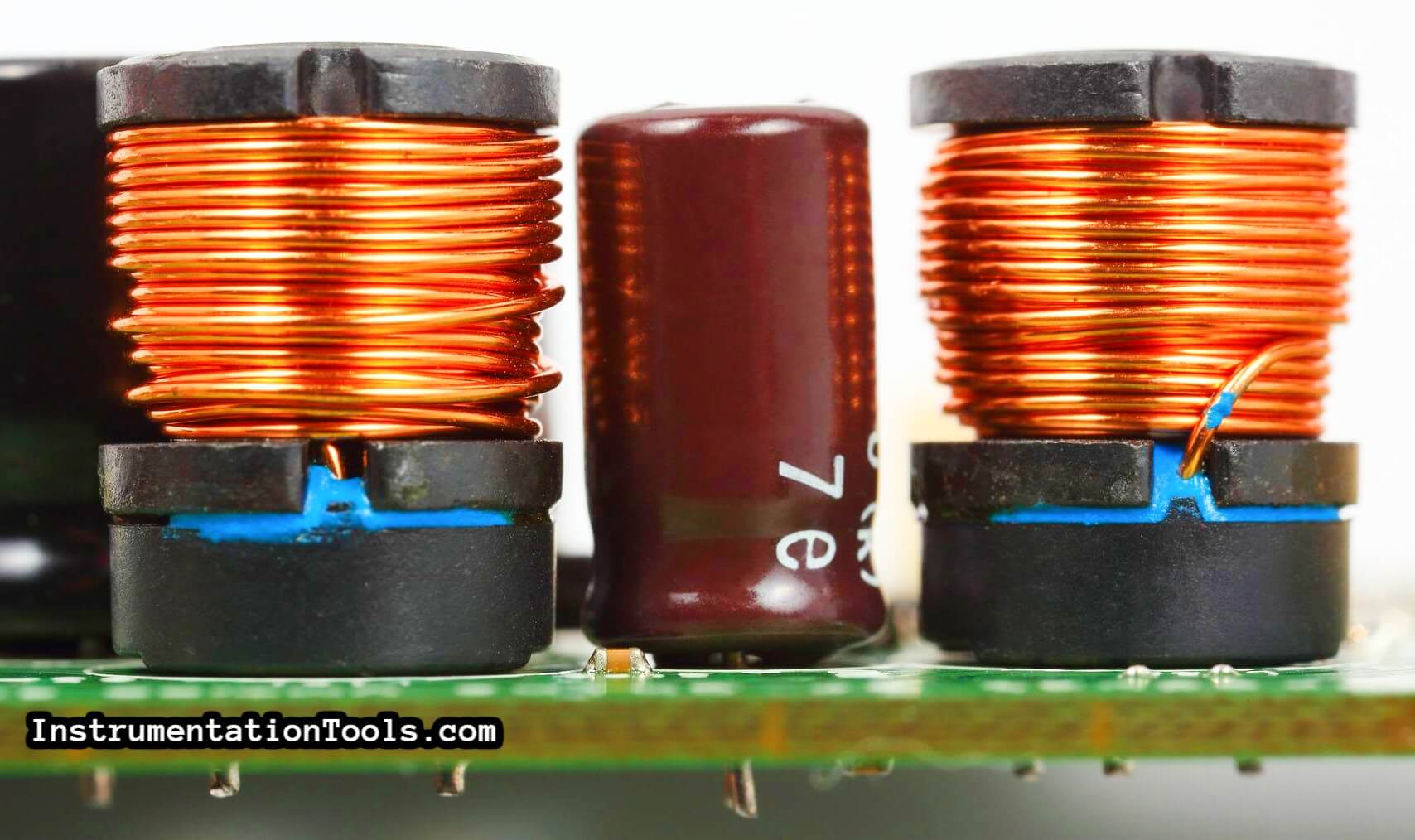
What is an Open Circuit?
As the name implies, an open circuit means that the circuit is open and no current is flowing through it. Current always requires a path to flow; but when there is no path, then it is open.
Refer to the below figure. As you can see, there is a switch, battery, and load. When the switch is open, no current can flow through the load. This means the two terminals are disconnected and there will be no continuity.
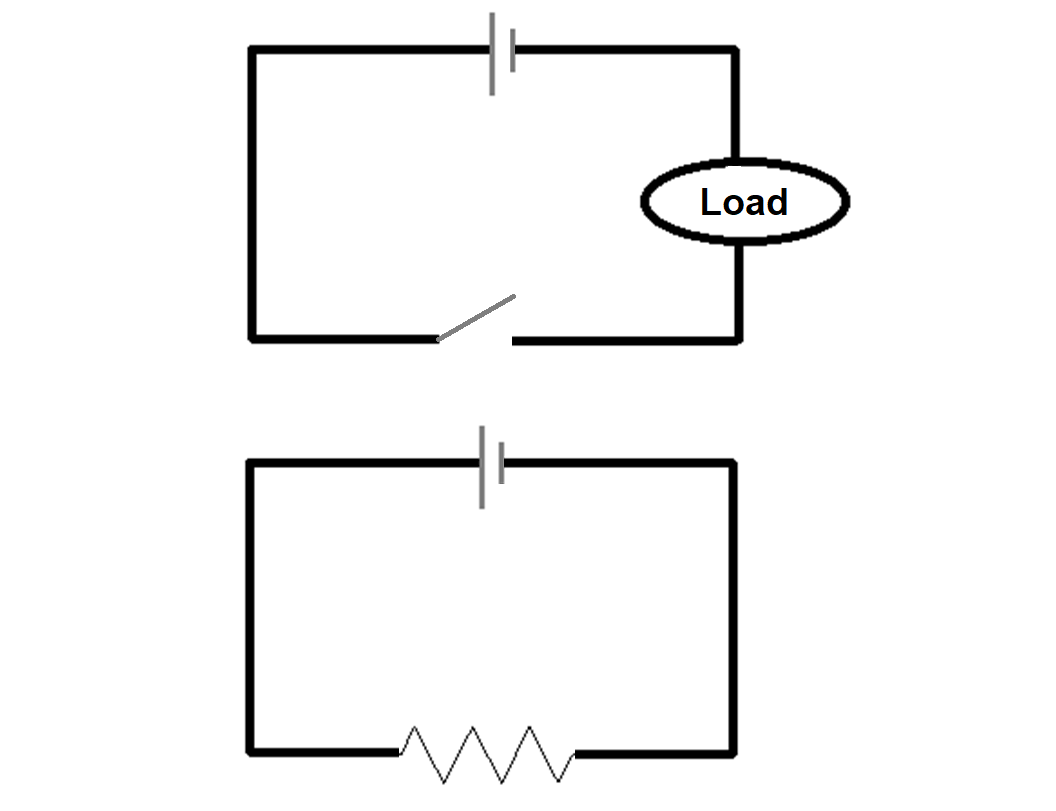
Now, according to Ohm’s law, R=V/I. As the current is zero, resistance will be infinite.
Hence, in an open circuit, the current will be zero; some voltage drop will be present and resistance will be infinite. That is why, in the second image (above), it is depicted that an open circuit is equivalent to zero resistance.
What is a Short Circuit?
As the name implies, a short circuit means that the circuit is short and a current is flowing through it. Current always requires a path to flow; and when there is a path, then it is short.
Refer to the below figure. As you can see, there is a switch and battery. When the switch is closed, the current can flow through the path. This means the two terminals are connected and there will be continuity.
Now, according to Ohm’s law, R=V/I. As the current is at its maximum value, resistance will be zero. Hence, in a short circuit, the current will be high; voltage drop will be zero and resistance will be zero.
That is why, in the second image, it is depicted that a short circuit is equivalent to zero resistance. A simple wire connected to the battery terminals directly is the best example of a short circuit; because a wire has negligible resistance.
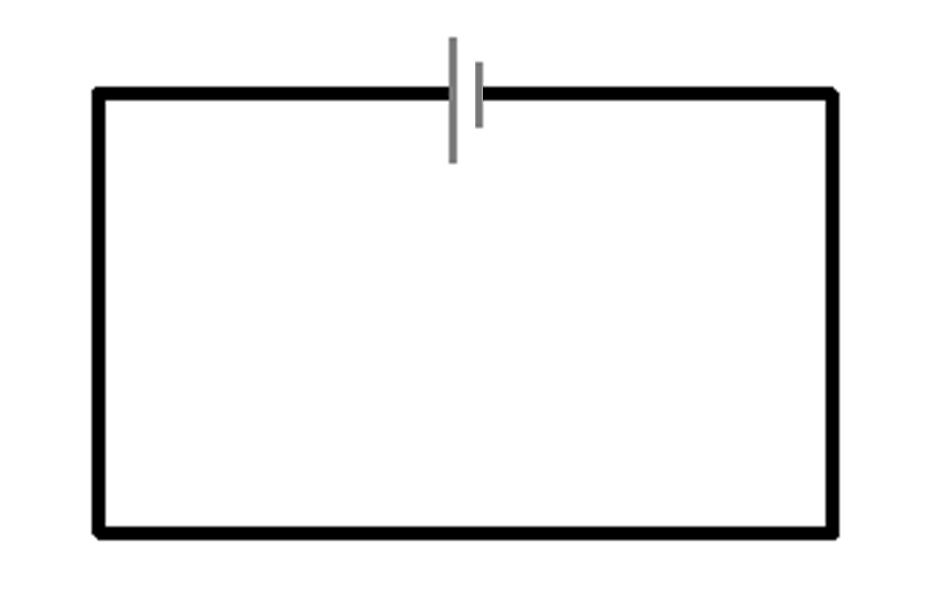
Now, a short circuit also has a different term as a closed circuit. Basically, as the name implies, a closed circuit allows the current to flow as opposed to an open circuit. But, there will be some resistance in the path due to the load connected.
So, in a closed circuit, there will be some resistance and a nominal amount of current and voltage in the path. All the normal loads that we use when it is on, comes under a closed circuit. Refer to the below image for understanding.
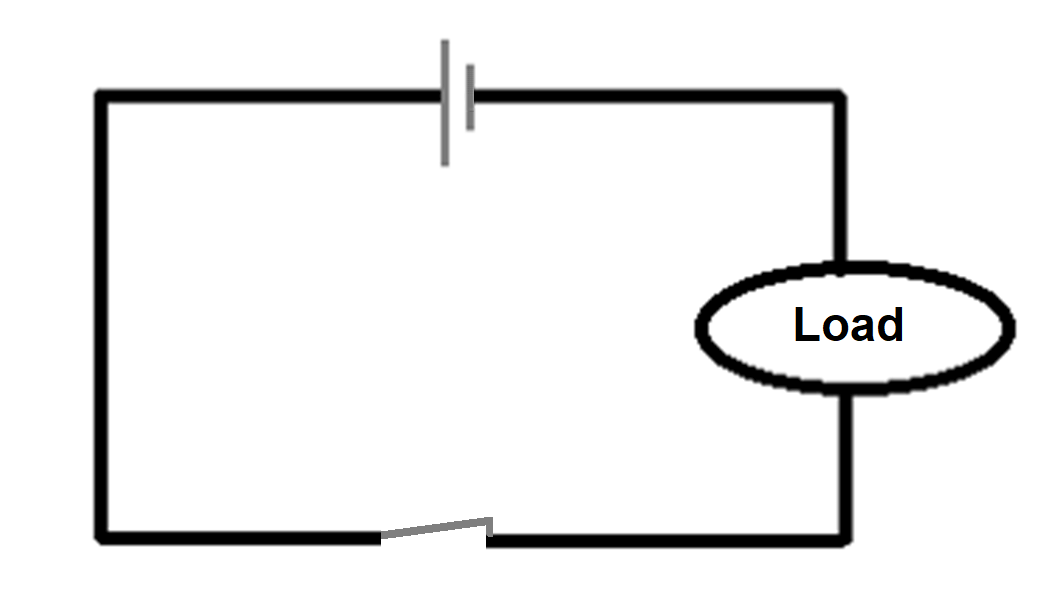
Difference between Open Circuit and Short Circuit
The below points shows the difference between the open circuit and short circuit.
- In a normal condition, an open circuit happens when the wire or some sort of contact breaks, which disallows the current to flow. But, a short circuit in a normal condition happens when two wires accidentally touch each other which should not. This will touch the two different potentials with each other and damage the circuit.
- The current flowing through an open circuit is zero, while the current flowing in the short circuit is infinite.
- An open circuit has infinite resistance, while a short circuit has zero resistance.
- The voltage in an open circuit is nearly equal to zero, whereas, in a short circuit, it is infinite.
- In an electrical circuit, an open circuit is denoted by ( ); whereas a short circuit is denoted by ( . ).
- An open circuit is not harmful to an electrical circuit; it will just break the path. But, a short circuit is harmful to an electrical circuit; as a very large amount of current flows and it can damage the path.
- An ideal ammeter can be considered a short circuit, as it has zero resistance. An ideal voltmeter can be considered as an open circuit due to large or infinite resistance.
In this way, we saw the difference between an open circuit and a short circuit.
If you liked this article, then please subscribe to our YouTube Channel for Instrumentation, Electrical, PLC, and SCADA video tutorials.
You can also follow us on Facebook and Twitter to receive daily updates.
Read Next:
- Electrical Substation
- Automatic Transfer Switch
- Partial Discharge in Power Lines
- Routine Tests of Circuit Breakers
- Dahlander Motor Control Circuit
